Interviews
Imposing identity upon others
Certainly if you go internationally, identity is placed upon you. For me, I grew up across the street here, I grew up being in Chinatown every week. At the same time I grew up with this really heavy J-A influence in my life from my brother doing shotokan and then me doing shotokan and studying that my for whole life, and then studying Japanese in college and then living in Japan several times and going to school there. I have felt probably more of an affinity with Japanese culture than Chinese culture, so I might say my identity might blend over there, but then people might object to that, saying “Well wait a minute, my identity of you”—being put on me—is like, “You’re Chinese.” But the people who tell me I’m not Chinese the most in the world are Chinese people! No one tells me I’m not Chinese more than my sister!
Date: May 3, 2006
Location: California, US
Interviewer: Jim Bower
Contributed by: Watase Media Arts Center, Japanese American National Museum.
Explore More Videos
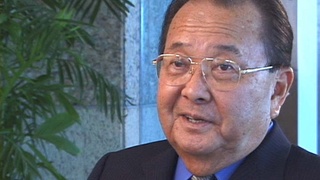

On the Importance of Role Models
(b. 1942) The first Asian American woman judge
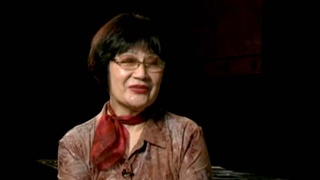
Defining "Nikkei" through lineage and community involvement (Spanish)
Nisei Paraguayan, Researcher

The term Nikkei reflects ties to Japan (Spanish)
Nisei Paraguayan, Researcher

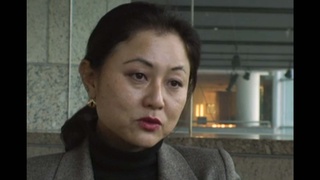
The reactions of others when I got my American citizenship (Japanese)
Shin-Issei from Gifu. Recently received U.S. citizenship

Americanized values (Japanese)
Shin-Issei from Gifu. Recently received U.S. citizenship
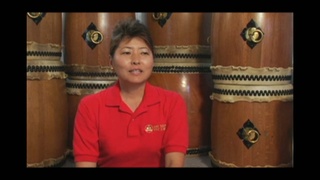
The multicultural perspective
(b.1960) Third-generation taiko drummer, leader of Maui Taiko

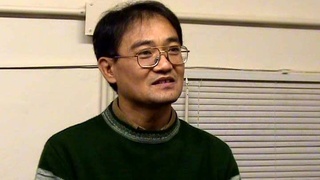
A personality fit for Argentina (Japanese)
Okinawan. Vice Principal of Japanese language school in Buenos Aires

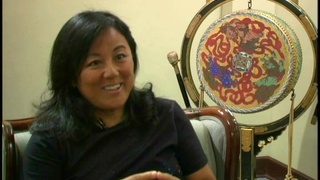
The Nikkei Integration into society (Spanish)
(b. 1962) Peruvian Poet, Okinawan descendant


Does a Nikkei culture exist? (Spanish)
(b. 1962) Peruvian Poet, Okinawan descendant

The Okinawan idiosyncrasies (Spanish)
(b. 1962) Peruvian Poet, Okinawan descendant
